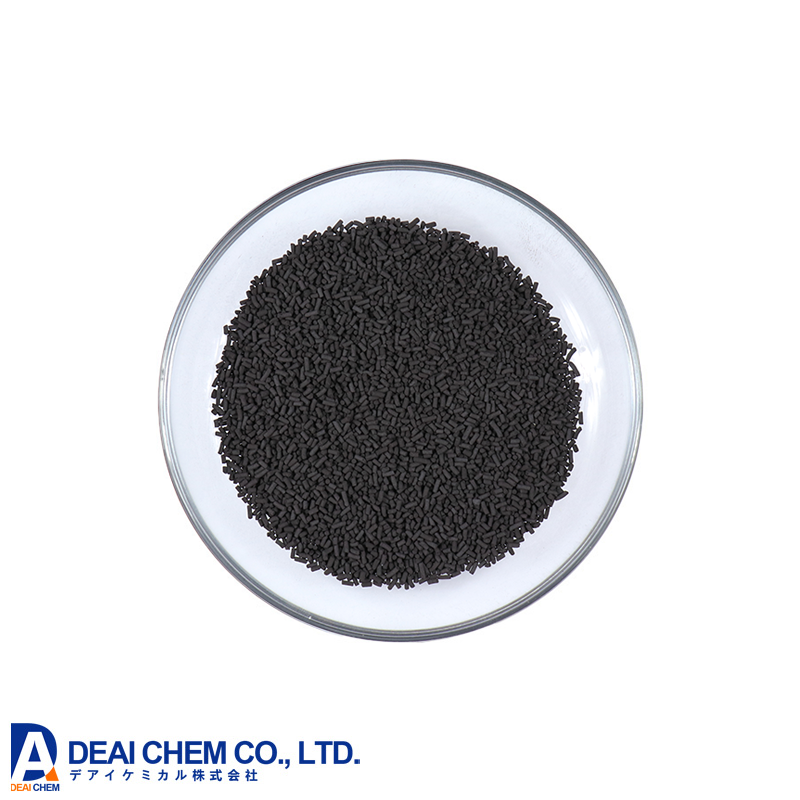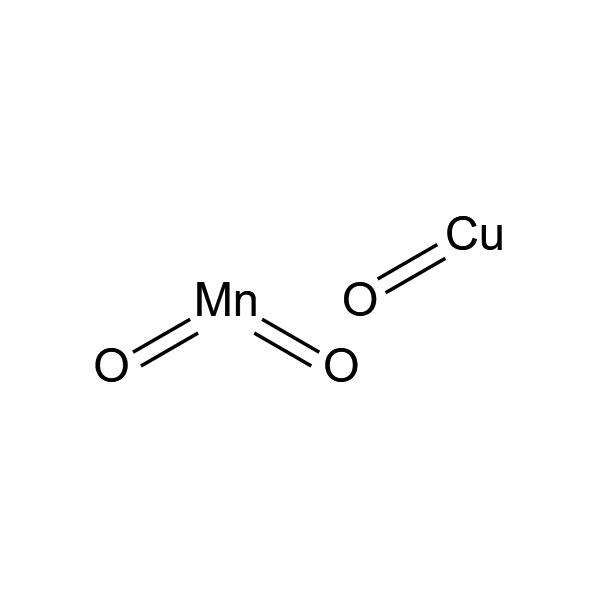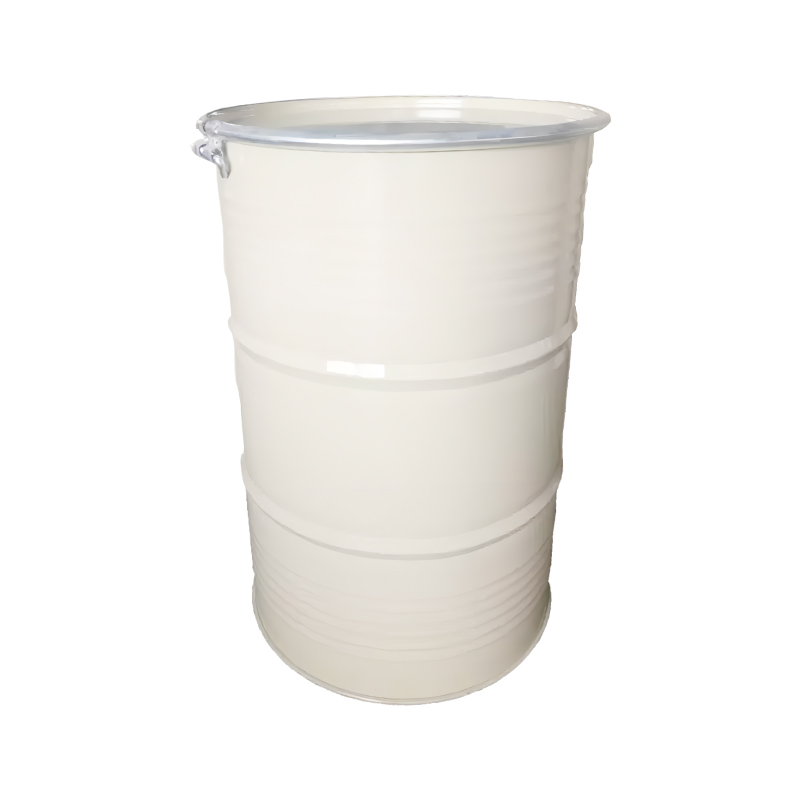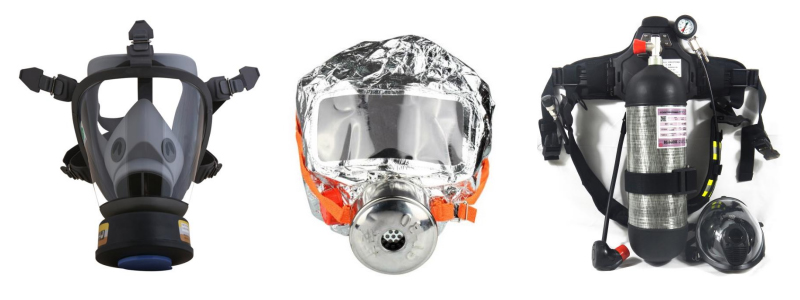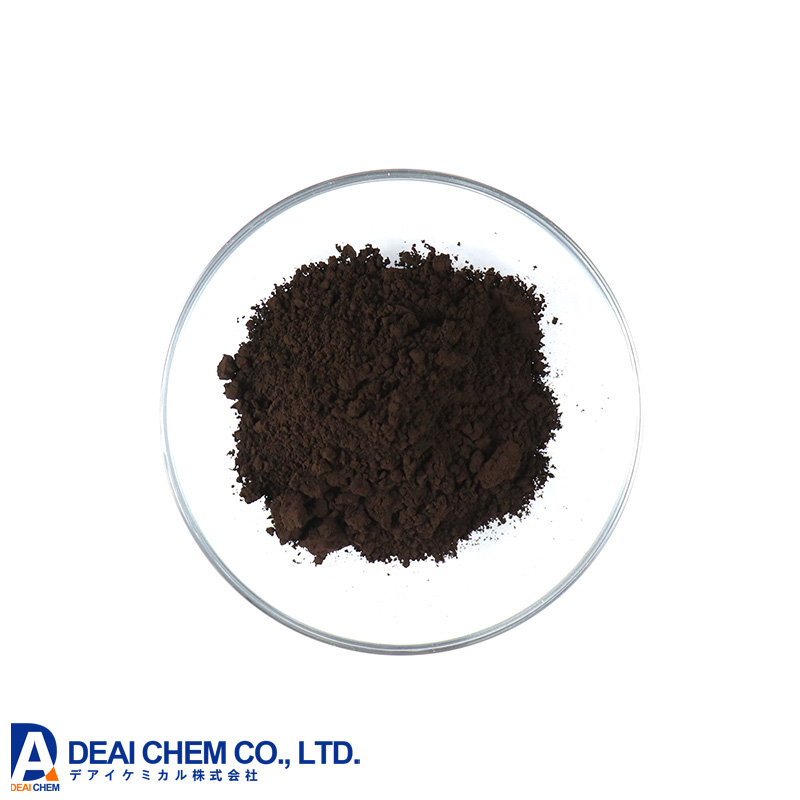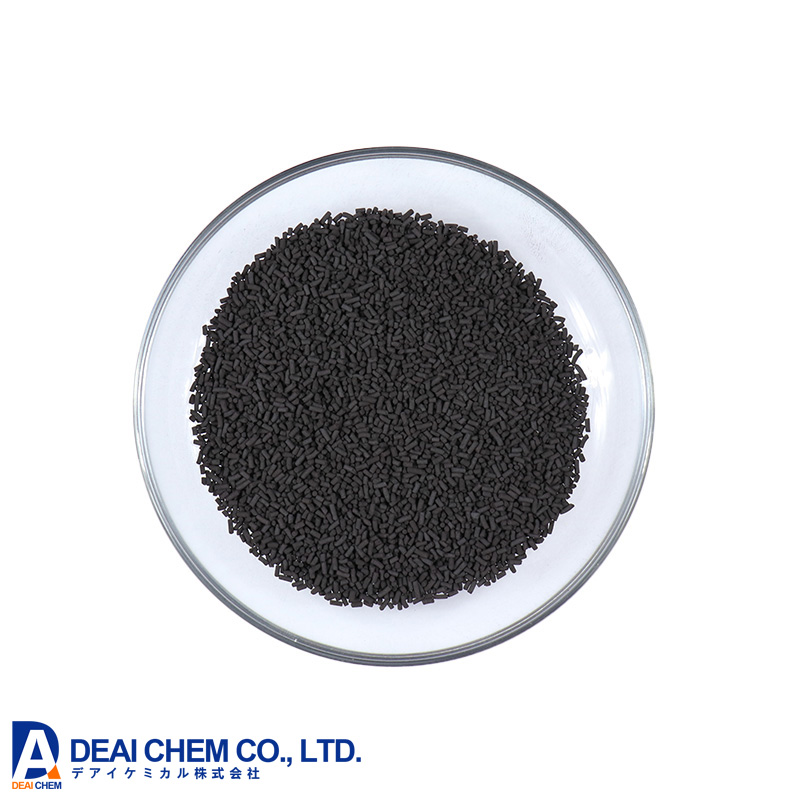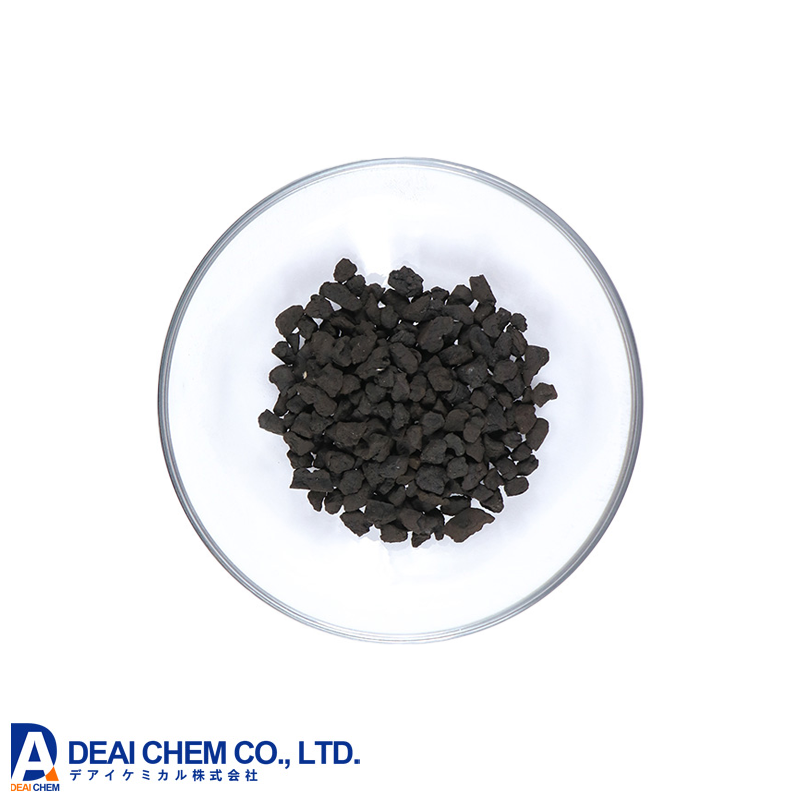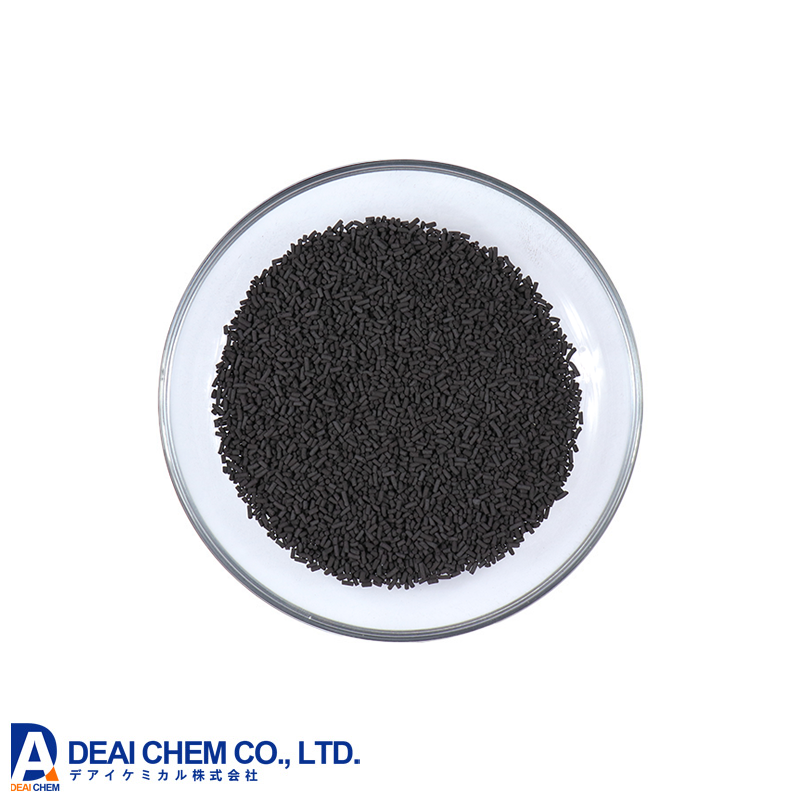Hopcalite Catalyst is a widely used catalyst for air purification. It is primarily employed to remove toxic gases from the air, especially carbon monoxide (CO) and sulfur dioxide (SO2).
Hopcalite Catalyst plays a crucial role in improving air quality, reducing the emissions of harmful gases, and protecting the environment. It is a key component in many air pollution control systems.
Composition: Hopcalite Catalyst is typically composed of a mixture of copper and manganese oxides. This specific combination is highly effective in catalyzing certain gas-phase reactions.
Principle: The key function of Hopcalite Catalyst is to catalyze gas-phase reactions that convert toxic gases into harmless substances. For example, it can catalyze the conversion of carbon monoxide (CO) to carbon dioxide (CO2) or sulfur dioxide (SO2) to sulfur trioxide (SO3). These reactions transform harmful gases into relatively harmless or more easily manageable compounds.
| Type | 1.2mm |
| shape | Granule |
| Strength | 60 N/cm min |
| Density | 0.75(±0.5) g/ml |
| Specific Surface Area | ≥240 ㎡/g |
| Mn and Cu Effective Constituent | 80% min |
| Mn and Cu Mole Ratio | 2.2:1 – 3:1 |
| Packing | 25kg/200kg/customizable |
| Note | / |


